When it comes to securing bridging or development finance, it’s easy to focus on the loan amount, interest rates, and repayment terms. But savvy developers and investors know that lenders are looking beyond the numbers - they want to see a solid exit strategy before a single brick is laid.
As specialist brokers in bridging and development finance, we’ve seen countless projects stall or struggle because the exit plan wasn’t clearly defined or realistic. Lenders want reassurance that their money will be returned on time, with interest, and preferably with a smooth process - and that all starts with the exit strategy.
Why Exit Strategies Matter So Much
An exit strategy is essentially the roadmap for repaying the loan and concluding the development project successfully. Without a credible exit plan, lenders view financing as a high-risk gamble. They’re not just funding bricks and mortar, they’re backing your ability to convert the project into cash.
Here are the top reasons lenders scrutinise exit strategies:
- Risk Mitigation: The exit plan shows how you intend to repay the loan, reducing the lender’s risk exposure.
- Project Viability: It demonstrates that you’ve thought through the whole project lifecycle from start to finish.
- Confidence in You as a Borrower: A clear, well-reasoned exit strategy reflects professionalism and expertise, boosting lender confidence.
What Lenders Expect to See in Your Exit Strategy
1. Clear Repayment Route - Lenders want to understand exactly how you plan to repay the loan. Typical options include:
- Sale of the completed development
- Refinance with a longer-term mortgage
- Equity injection or another capital raise
2. Make sure your plan matches the type of loan and the project’s scale.
3. Realistic Timeline - An exit strategy isn’t just about the “how,” but also the “when.” Lenders expect a detailed timeline that aligns with construction schedules, sales forecasts, and market conditions. Unrealistic or overly optimistic timelines can raise red flags.
4. Market and Sales Analysis - Lenders want evidence that there’s demand for the completed project. This could be through comparable sales data, pre-sales agreements, or market research indicating strong buyer interest.
5. Contingency Planning - No project runs perfectly. Demonstrating that you have considered potential risks — like delays, cost overruns, or market shifts — and have backup plans, reassures lenders you’re prepared.
6. Borrower Track Record - While this isn’t strictly part of the exit strategy document, lenders will consider your experience. A proven history of successful developments with clear exits will strengthen your case.
How We Help You Nail Your Exit Strategy
Navigating lender expectations can be complex. That’s where a bridging and development finance broker adds real value:
- Tailored Advice: We help you craft an exit strategy that aligns with lender requirements and your project specifics.
- Lender Matchmaking: We know which lenders are more flexible or experienced with certain exit plans and can guide you accordingly.
- Documentation Support: We assist in presenting your exit strategy clearly and convincingly, boosting your chances of approval.
Final Thoughts
Don’t wait until your loan application is at risk to start thinking about your exit strategy. Lenders want to see it from day one. A well-thought-out exit plan doesn’t just improve your financing chances, it helps you approach your development with clarity and confidence.
If you’re considering bridging or development finance, get in touch. We’ll help you build an exit strategy that lenders want to see - even before you break ground.








